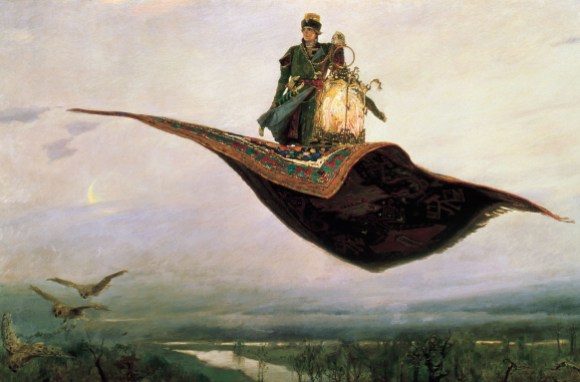
A large corpus of content on Wikipedia, Wikimedia Commons, and other Wikimedia projects is freely available because it is in the public domain. The public domain is an important pillar of free knowledge, creativity, and innovation as well as an indispensable counterweight to exclusive rights on intellectual property. We all benefit from it as we access this rich body of culture and information, share it, and freely reuse it to create new works.
Life after death: When copyright expires
Once copyright expires (in much of the world, not until 50 or 70 years after the author’s death), works enter the public domain and are then free to be shared and included in the Wikimedia projects. The current length of copyright terms keeps works out of the public domain for easily over one hundred years after their creation. Wikimedians support shorter copyright terms to allow the public to benefit from works sooner, increasing everyone’s free access to knowledge. The public domain, as part of the commons, is not privately owned, but free for everyone to enjoy and benefit from. One challenge that we as a society face today is preserving our cultural heritage and making it available in digital formats that can be shared all over the world. To digitize works, Wikimedians photograph art and documents, scan books, and upload the resulting files to a Wikimedia project, often in collaboration with cultural heritage (or: GLAM) institutions. These efforts benefit us all by allowing everybody access to cultural heritage works, even those who are not able to go to the GLAM institutions where they are physically housed.
Until the end of time: Copyright term extensions through the backdoor
Recently, however, the act of digitizing works that are in the public domain to make them available to anyone has caused some controversy. While many museums are adopting new technology to make their collections more available and accessible to a wider audience, others have been concerned that photographs of public domain works in their collections are available freely online. In Germany, for instance, the Reiss-Engelhorn museums have sued the Wikimedia Foundation and Wikimedia Deutschland over the use of images of cultural artefacts and paintings. Recently, the court has decided that even a photographer’s own images of these works will infringe on the museums’ property. Similarly, in Norway and Germany, institutions have tried to extend control over the use of images of items in their collections through trademarks. And in Spain, copyright law awards 25 years of exclusive rights for certain kinds of mere reproductions of works. In many more countries the legal situation is inconclusive.
These cases and national rules raise larger questions about the balance of exclusive rights and the public domain, and about access to culture and knowledge. How will society benefit from works that are in the public domain in the future if other exclusive rights are threatening to privatize it again? How can the public domain expand to benefit everyone if exclusive rights keep being created and extended to keep works from entering the public domain? How can we make sure that the right to participation in culture and knowledge is promoted and the internet’s promise of bringing valuable content to everyone is upheld?
We need to protect the public interest
It is imperative to make sure future generations can enjoy a vibrant public domain. Therefore, the law should not grant new exclusive rights for faithful reproductions and digitizations of works that are in the public domain. European lawmakers are currently debating copyright reform for the EU, and they now have the opportunity to safeguard the public domain from vested interests that threaten to privatize culture and knowledge. We encourage them to adopt rules that guarantee that the public domain will remain free and vivid. Preserving our cultural and scientific knowledge for the digital age is a monumental task for society, but pursuing that preservation should not undermine the ability for all to participate in culture and knowledge. The public domain and exclusive rights are two sides of one and the same equation. We already protect exclusive rights, it is time to balance the equation by protecting the public domain as well!
Jan Gerlach, Public Policy Manager, Wikimedia Foundation
Dimitar Dimitrov, Project Lead, Free Knowledge Advocacy Group EU

Can you help us translate this article?
In order for this article to reach as many people as possible we would like your help. Can you translate this article to get the message out?
Start translation